Riding the ovine rollercoaster
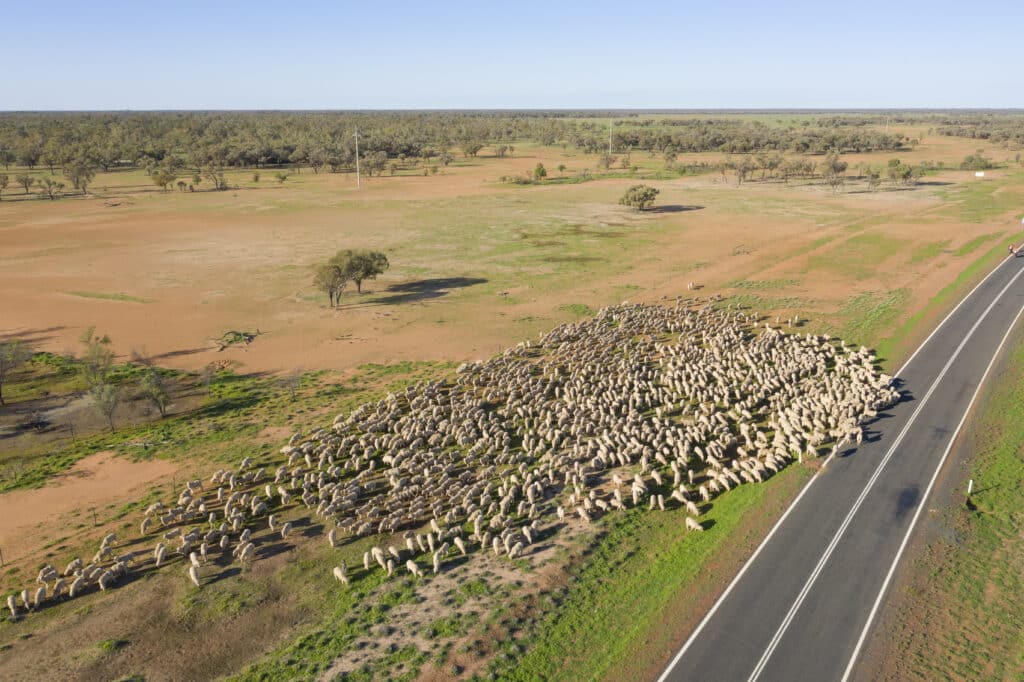
Lamb and mutton markets have been a wild ride over the last 12 months. Unexpected seasonal events have given heavy swings in supply and a massive range in prices. Here we take a look at if, and when the market might settle, and importantly, what level that might be. The wild range of the lamb […]
Looking for opportunities in a bear market
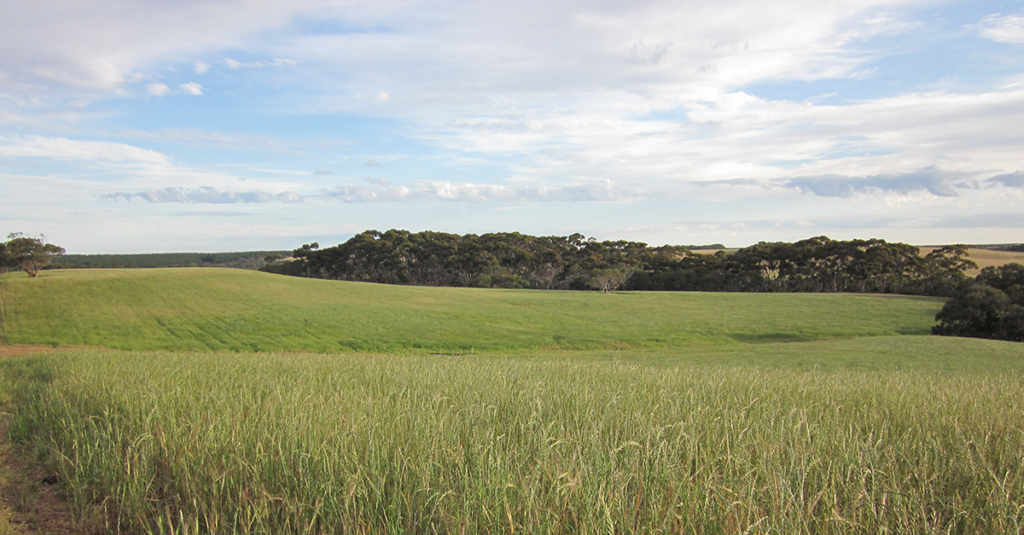
Grain markets appear to absorbing the negative news at the moment, but we are only early in the growing season for many northern hemisphere crops. Here we update key markets and look for opportunities. With grain production forecasts increasing, more and more pressure comes onto prices. As outlined in last Friday’s market comment (read here), […]
Southern young cattle good value?
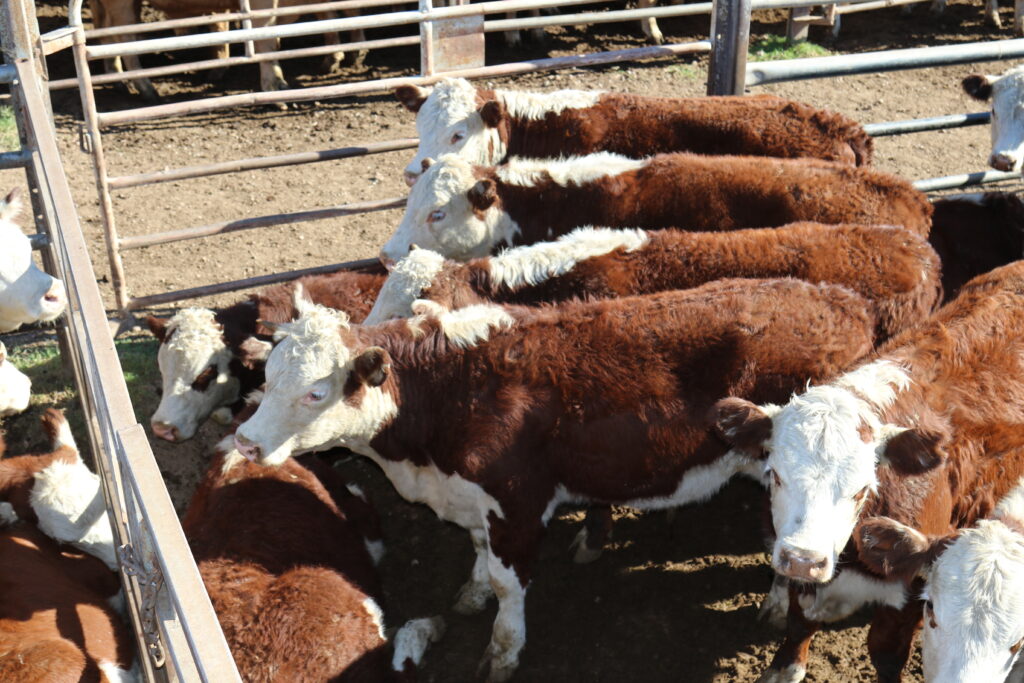
Cattle prices don’t always move in the same direction every week, but over the long haul, there are plenty of reasons why different cattle categories in different locations trend up and down together over time. This week we’ll look at geographical price spreads, which are creating opportunities for some. Summer has finally kicked in the […]
Market jitters could benefit Australian growers
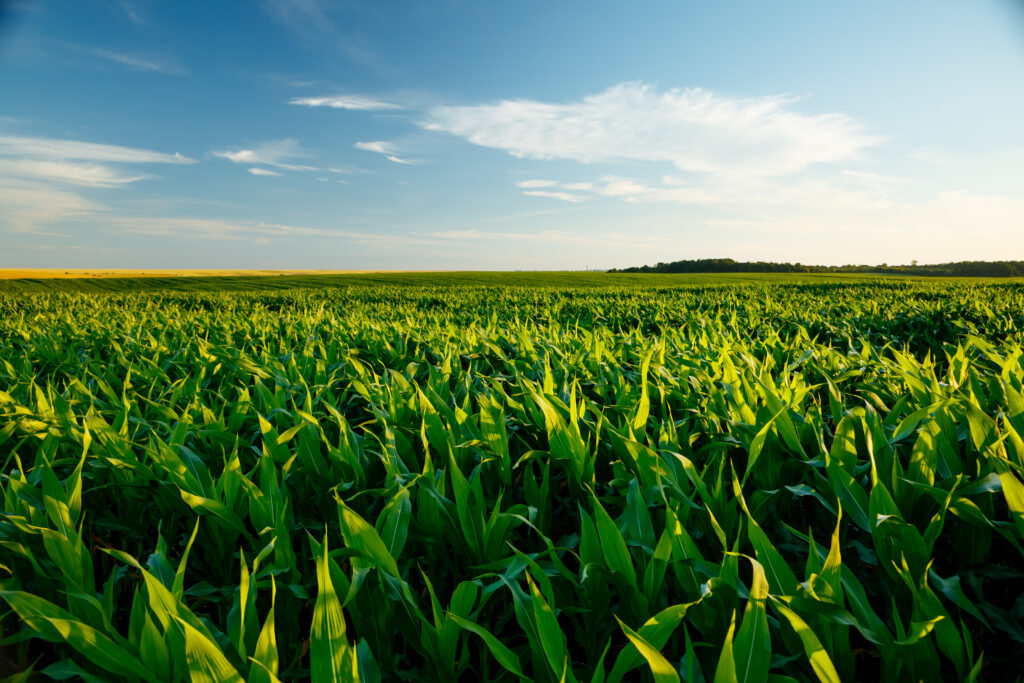
A couple of weeks ago we took a look at feed grain prices, showing how strong world corn supplies were depressing global feed values, and hence feed grain prices here in Australia. With murmurs of a potential La Nina, it will be US corn and soybean crops that suffer, here we look at how this […]
Sheepmeat competition from NZ declining

There are only two major sheepmeat exporters in the world, with Australia and New Zealand accounting for over 85% of global lamb and mutton exports. As such, we like to keep an eye on what’s happening in New Zealand, and it would seem competition for export markets continues to wane. The kiwi sheep population has […]
Hedging window open but little to see
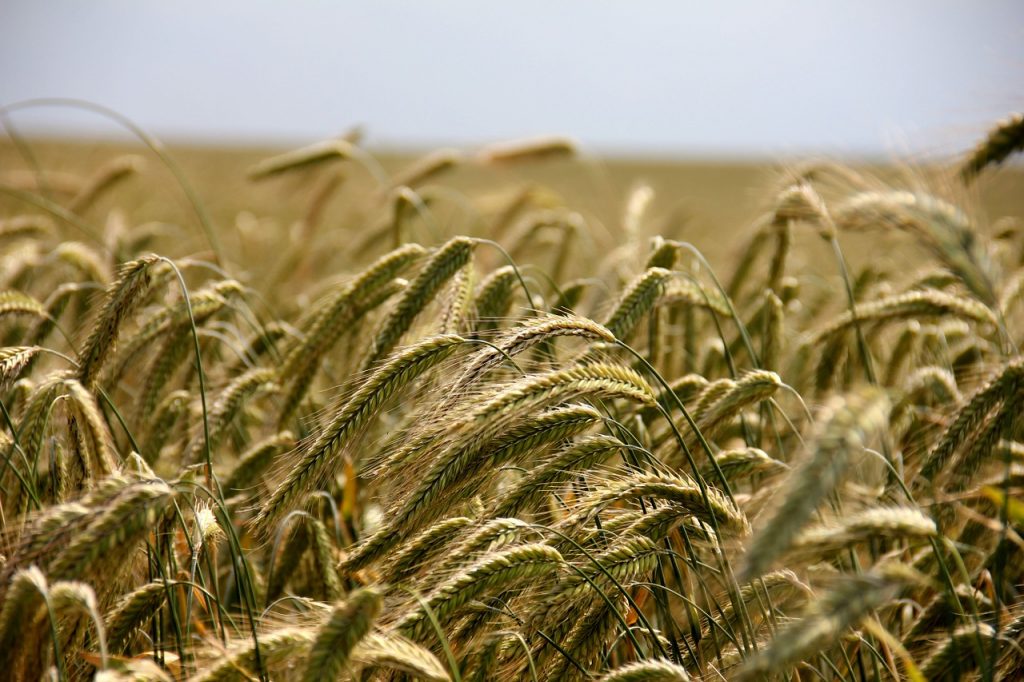
February is traditionally when the hedging window for winter crops is said to be open. The ‘window’ opens at this time of year as it’s a risky time for northern hemisphere winter crops, and prices generally carry a risk premium which comes out as crops reach maturity. Winter wheat crops in the northern hemisphere start […]
Angus cattle popular with buyers and sellers
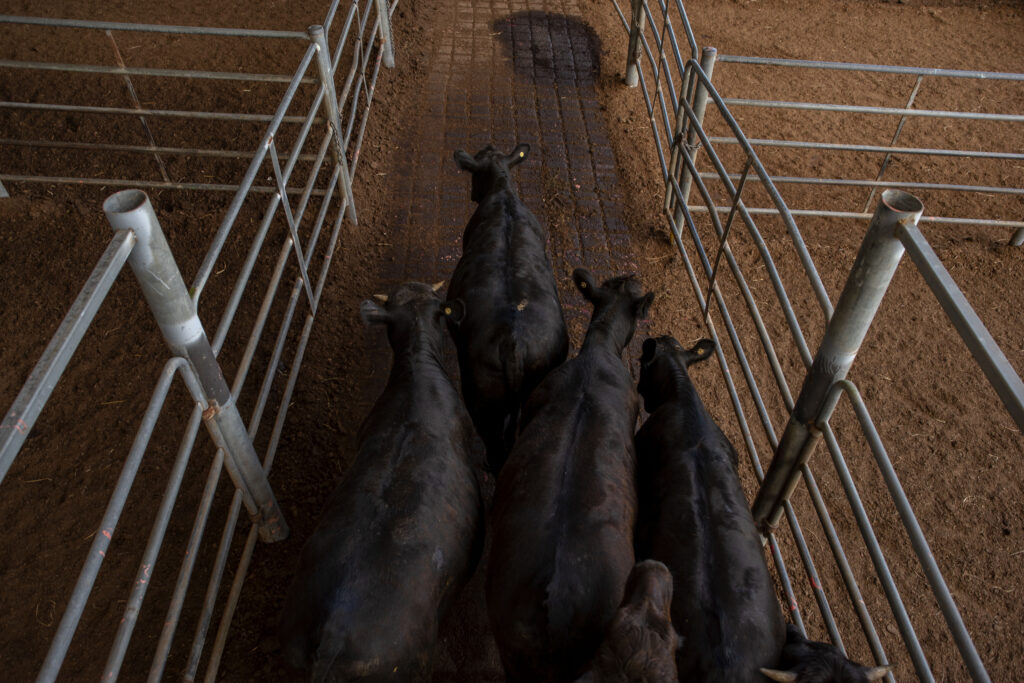
As January comes to a close, we can take a look back at the stats for weaners that were sold at the December and January weaner sales. There are a few interesting points to come out of the data, including a marked difference in prices between breeds. For this analysis, we have used Nutrien Ag […]
The problem with feed grain

Feed wheat and barley prices have been slowly declining since harvest started. Part of the decline has been due to strong supplies thanks to wet weather over harvest, and much more ASW harvested than expected. International factors have also been impacting our prices. Corn is the world’s biggest crop, and this year is expected to […]
Spring slaughter key to price support
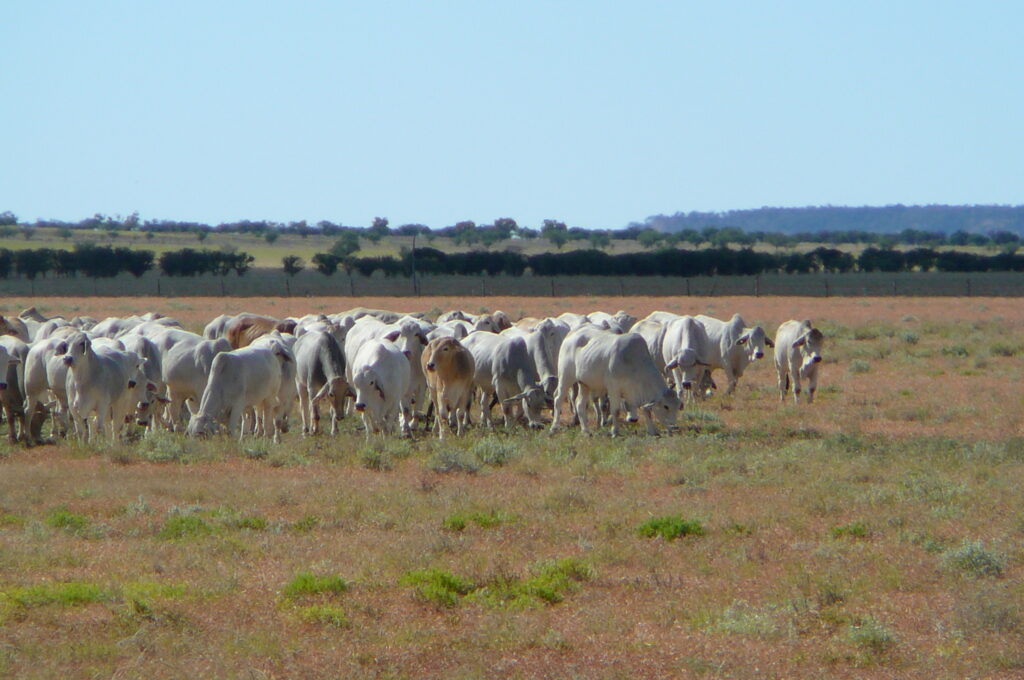
Spring cattle slaughter was much stronger than it had been in recent years, with the herd rebuild waning if not stopping altogether. Compared to the levels of the last 20 years, however, cattle slaughter has some way to go to reach the high tide mark. Figure 1 shows Meat and Livestock Australia’s weekly cattle slaughter […]
Record ovine slaughter positive for price
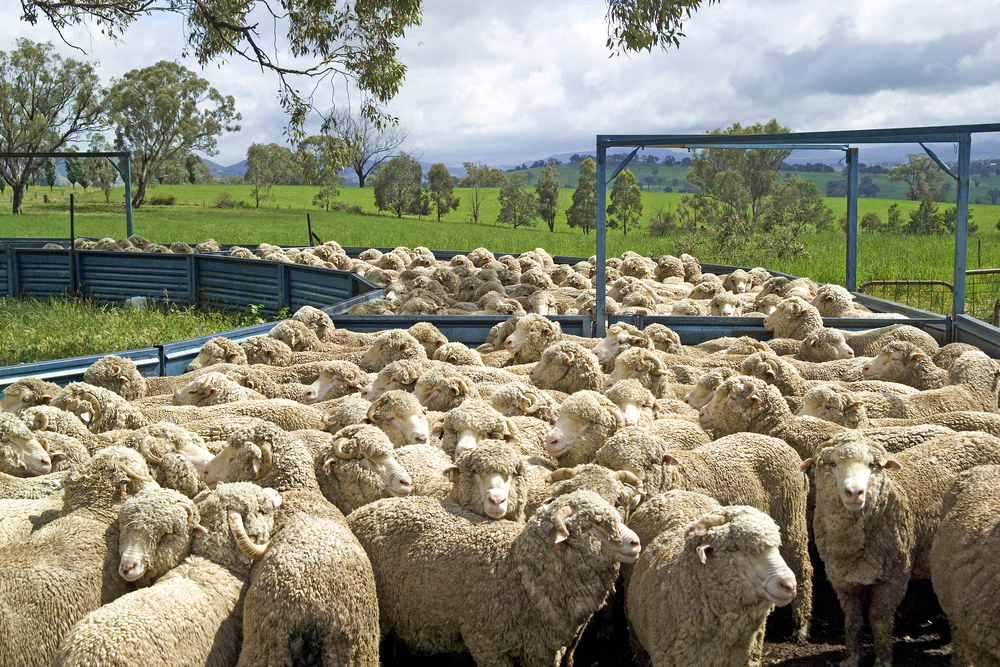
Many readers will recall the constant references during the second half of last year around lower sheep and lamb slaughter capacity. Tight supply from 2020-2022 combined with Covid labour issues saw capacity cut and slow to recover. Good margins in the ovine processing industry have fixed capacity issues. Strong supply and cheap sheep and lamb […]
What do steady lamb markings mean for 2024?
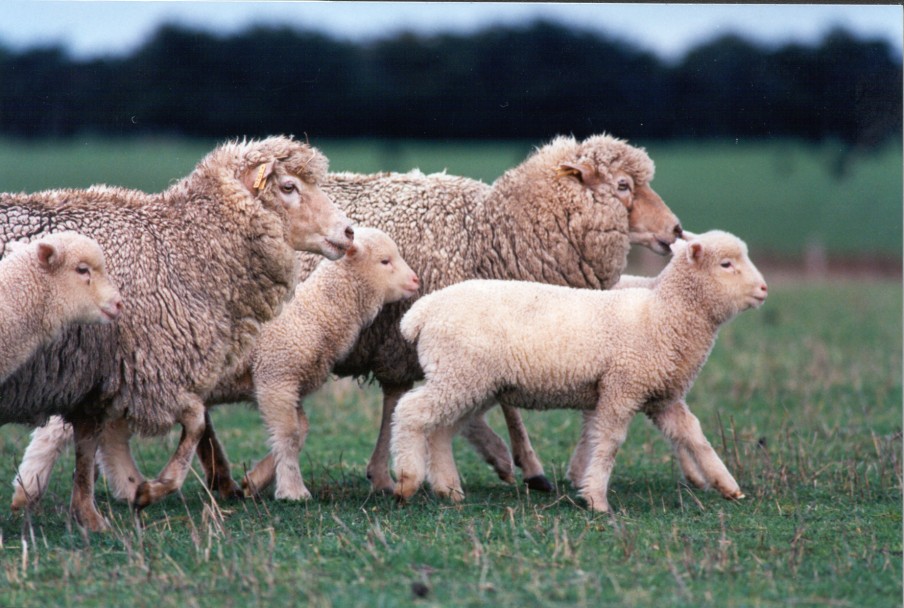
The Meat and Livestock Australia (MLA) and Australian Wool Innovation (AWI) Sheep Producers Intentions Survey for October was released back in November. There was little fanfare, but this is one of the important data points to gauge supply heading into the new year. A majority of the lambs born in Australia hit the ground in […]
Good yields after a challenging year

The Australian Bureau of Agricultural and Resource Economics and Sciences (ABARES) released its December crop report late last year. Changes from the September estimates were relatively minor, but there were still a few surprises, and the market appears to be showing the impacts somewhat. The ABARES Crop Report is the main official update on Australian […]

